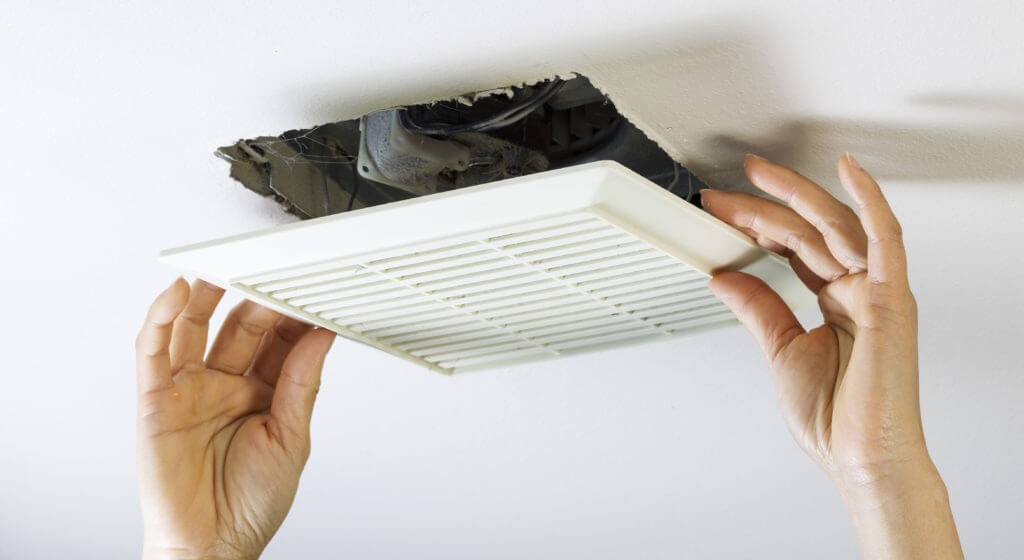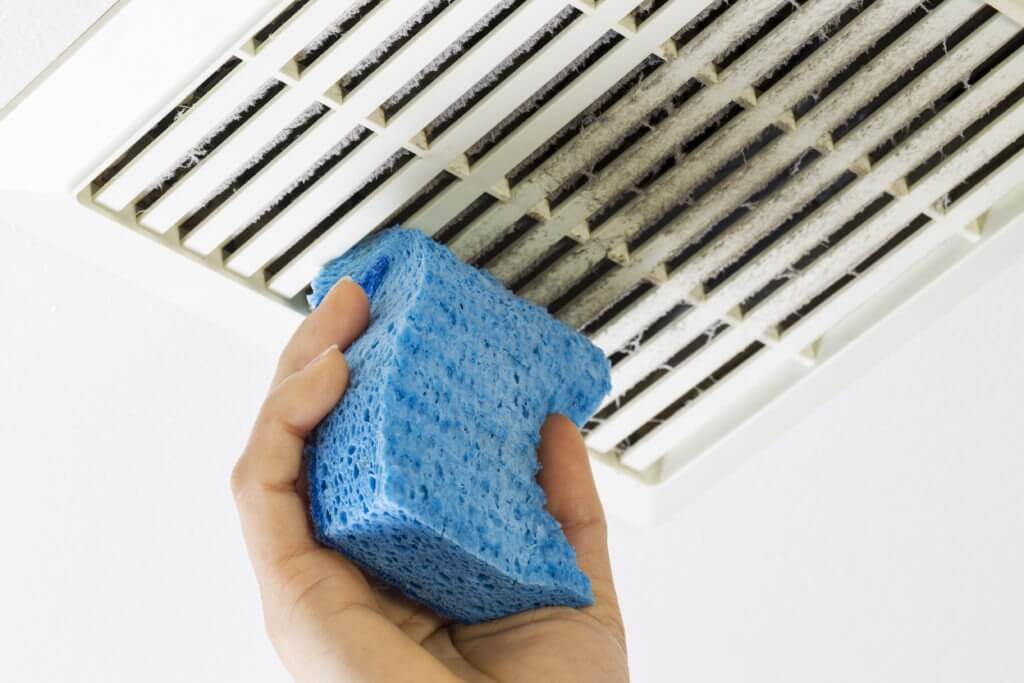Bathroom Ventilation 101

Out of all the rooms in your home, your bathroom holds the most moisture. Everyday personal care tasks completed in the shower and at the sink are centered on water. With all that water use, it’s easy to accumulate excess moisture in the air. And while a steamy shower may be the absolute best way to freshen up after a long day, but in a poorly ventilated bathroom, it’s the worst thing you can do for the room and your well being.
Mold and mildew thrive in warm, moist environments, making bathrooms ideal for their growth. Not only are they unsightly, but they also pose health risks. Mold can cause nasal stuffiness, throat, eye, and skin irritation. For individuals with compromised immune systems or lung disease, symptoms can be more severe. The Institute of Medicine links mold exposure to upper respiratory symptoms and increased asthma symptoms.
Even without visible mold, a humid bathroom can harm your health and damage materials. Continuous moisture leads to leaks and deterioration of fixtures, exacerbating the problem and causing further damage.
So yes, it’s kind of a big deal.

Rather than spending time cleaning or fixing issues regularly, target the root of the problem. You’ll prevent damage on your bathroom and your body. Assess whether your home currently has enough ventilation.
More often than not, a bathroom’s ventilation system will include a fan that pulls air and moisture out of the bathroom. Exhaust fans are critical in places like the bathroom. These smaller units are often mounted in ceilings or walls. Do you have one? If so, look for any dysfunctions or blocks in your current system. Be sure to verify that your fan expels air outside or through ventilation pipes. This is especially important if you live in an older home, which might have been built before certain standards were set in place. If your humid bathroom air is being pushed into an attic, you’re just moving the problem to another part of your home.
If you find yourself in this situation or without a fan at all, it may be time for a bathroom renovation with the help of a trained contractor. A technician will assess the installation requirements for a new system, ensure your vent is the proper size for your bathroom, inspect your attic for mold, rotting boards, or other signs of moisture damage, and check your roof for dips, damage, or obstructions that might hinder ventilation.
Once you do have a new and improved ventilation system installed, make sure to actually use it. Fans should be used throughout any bathroom use and left on for at least 20 minutes, especially after anyone takes a shower or bath. With regular use, you’ll see and feel the difference ventilation can make for your home’s humidity levels and family’s health.
You Might Also Like:
Reality Check: Your Bathroom Can Store More Than You Think
Stinky Bathroom Solutions: Prevent & Remove Everyday Odors
If you have any additional questions during your search for the perfect copper, fireclay farmhouse sink or crafted stainless steel sink, our Sinkologists™ are here to help. Contact us or follow us on Facebook, Houzz, Pinterest, Instagram, or TikTok for more helpful tips and design ideas.